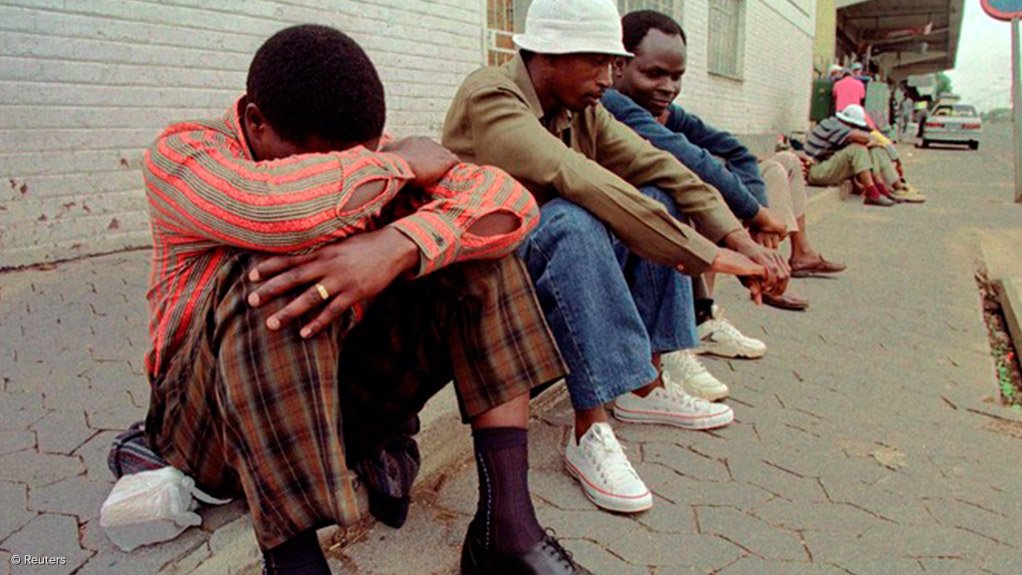The official unemployment rate increased to 27.5% during the third quarter, compared with 27.2% in the second quarter. This translates to 6.2-million unemployed people in South Africa.
The unemployment rate was 26.7% in the first quarter of the year, according to Statistics South Africa’s (Stats SA’s) Quarterly Labour Force Survey for the third quarter, which was released on Tuesday.
Adding 2.7-million discouraged workseekers and 800 000 people with other reasons for not actively seeking employment, the number of unemployed people increases to 9.8-million.
Stats SA statistician-general Risenga Maluleke on Tuesday said the unemployment rate has remained at between 20% and 30% in the last decade.
During the third quarter, the South African working-age population increased by 153 000 people, compared with the second quarter. About 38-million are of working age (between 15 to 64 years) in South Africa, of which 16.4-million are employed.
Of the 10.3-million people aged between 15 and 24, 31.3% had not been in employment, education and training in the third quarter.
The informal sector recorded employment gains of 188 000, while the formal sector, private households and agriculture, which accounts for 68.7% of total employment, recorded declines in employment.
The number of discouraged workseekers declined by 131 000, while the number of other "not economically active" people increased by 65 000, resulting in a decrease of 66 000 in the number of people not in the labour force between the second and third quarters of the year.
The number of employed persons declined in seven of the ten Stats SA measured industries. However, these declines were offset by employment gains in finance and other business services at 102 000, trade at 86 000, and construction at 27 000, which resulted in a net increase of 92 000 in the third quarter.
The industries that recorded larger declines in employment were private households by 30 000, mining by 29 000 and manufacturing by 25 000.
Employment gains were recorded in seven of the nine provinces in the third quarter, the largest of which were in Limpopo by 41 000, Gauteng by 22 000 and Mpumalanga by 20 000. However, provinces that recorded the biggest employment losses are the Free State at 14 000 and the Eastern Cape at 13 000.
KwaZulu-Natal had a 1.2 percentage point decline in employment gains, Western Cape had a 0.3 percentage point increase in employment gains, and North West had a 1.9 percentage point decline in employment gains.
EMAIL THIS ARTICLE SAVE THIS ARTICLE ARTICLE ENQUIRY
To subscribe email subscriptions@creamermedia.co.za or click here
To advertise email advertising@creamermedia.co.za or click here











